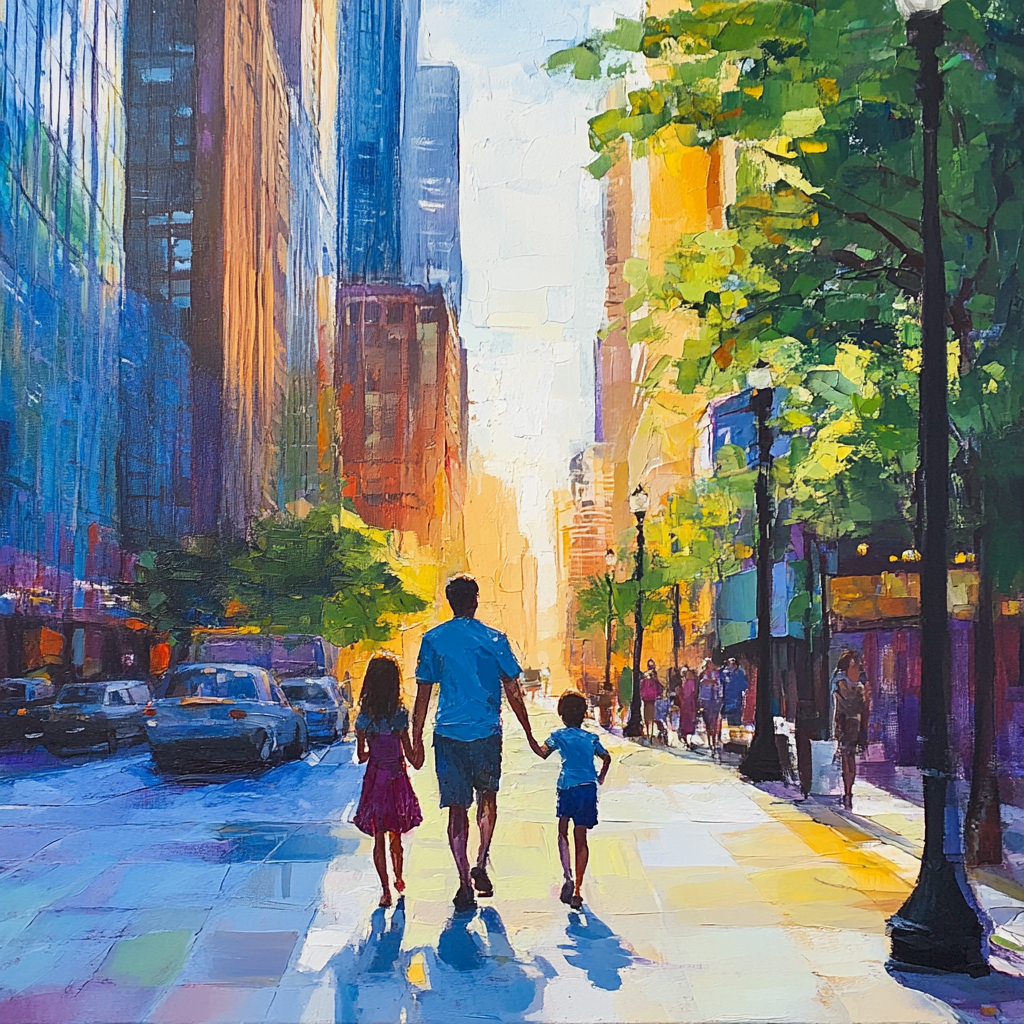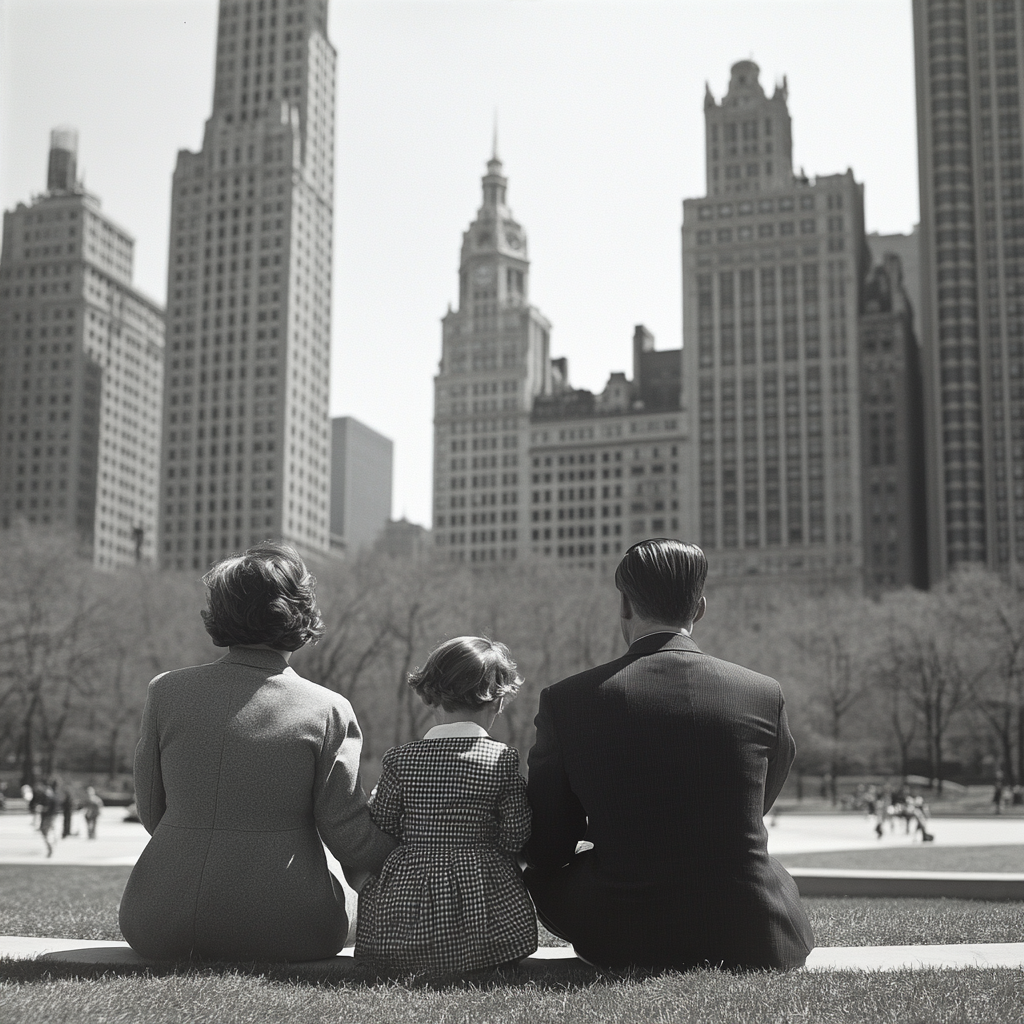
eATLAS’ Guide to Chicago’s Historic Neighborhoods
Published on August 15, 2024
One of the most frequent questions Chicago tour guides get asked is where to go beyond the well-known downtown attractions like the Magnificent Mile, Navy Pier, and Millennium Park. Below is our guide to what’s in some of Chicago’s neighborhoods and, where applicable, how your experience can be enhanced by eATLAS’ Adventures.
By Dave Lifton (@daveeatschicago)
Take the Pink Line a few miles southwest of the Loop to 18th St. and Pilsen, the heart of Chicago’s large, vibrant Mexican-American community. Walk into any taqueria on 18th St. and indulge in some of the best Mexican dishes in the city. The free National Museum of Mexican Art has exhibits that explore Mexican identity and spotlight the work of local artists of Mexican ancestry, and murals can be found everywhere, including along the train embankment on 16th St. For a change of pace from Mexican culture, stop by Chocolat Uzma, where you can pick up truffles infused with South Asian spices. Our Frida & Friends Adventure is a guide to some of the food and art found in Pilsen.
A half-mile north of Wrigley Field brings you to Uptown, which has a vibe unlike any other Chicago neighborhood. Many of the landmarks of its 1920s heyday as a major nightlife district are still around, with the cash-only Green Mill (one of Al Capone’s favorite hangouts) serving up some of Chicago’s best jazz acts nightly, and the Riviera Theatre and Aragon Ballroom regularly bringing in top musical acts. Stop in at the nearby Fat Cat for drinks or dinner before going to a concert. History buffs can see where some of the city’s most important people are buried at Graceland Cemetery, and our walking tour takes you to their gravesites. Uptown is celebrated for its ethnic diversity, in particular Argyle St., which is known for its collection of excellent Vietnamese restaurants, from pho houses (Pho 777) to bakeries (La Patisserie P). But you can also find great Thai (Immm Rice & Beyond), Mexican (Kie-Gol-Lanee), Venezuelan (El Rincon de Fabio), and one of Chicago’s best deep-dish pizza restaurants (Milly’s Pizza in the Pan) either on Argyle or nearby.

From Argyle you can also head a few blocks west to Andersonville, where the focus is on shopping local. Walk up Clark St. and you’ll find antique shops like The Brown Elephant and Folk. Foursided and Andersonville Galleria specialize in merchandise made by Chicago artisans, and Transit Tees is one of the city’s best souvenir stores. Big Jones, Fiya, Calo, Lost Larson, and Minyoli are among the many acclaimed restaurants that bring people from all over the city up to the Far North Side, and the nightlife ranges from dive bars (Simon’s Tavern) to craft beer havens (Hopleaf) to secret magic theaters. Although Andersonville’s Swedish roots have mostly disappeared, it still maintains a strong presence via the Swedish American Museum and Svea.
The Museum of Science & Industry receives 1.4 million people annually. But Hyde Park has plenty more to offer visitors beyond that and the University of Chicago campus. For starters, there’s the Robie House, a Frank Lloyd Wright masterpiece from 1910 that you can tour. Washington Park has both the DuSable Black History Museum and Education Center and Lorado Taft’s stunning Fountain of Time sculpture, while Wooded Island in Jackson Park—the site of the 1893 World’s Columbian Exposition—is beloved for its Japanese garden that contains Sky Landing, a sculpture that Yoko Ono gifted to the city in 2016. For dinner, go to Virtue or Daisy’s Po-Boy & Tavern, both of which are from James Beard winner Erick Williams. eATLAS’ Brick Architecture of Hyde Park adventure visits nine locations in Hyde Park noted for their innovative brickwork. To get to Pullman, take the Metra Electric line from Millennium Station to the 55th – 56th – 57th St. station.
From Hyde Park, continue on the Metra Electric to 111th St. and the Pullman neighborhood. Built as a company town by railroad car magnate George Pullman in 1880, it consisted of rows of Queen Anne-style homes on tree-lined streets, a man-made lake, and other amenities. Pullman served as the backdrop for two pivotal moments in the labor movement: an 1894 strike that led to the establishment of Labor Day and the formation of the first union for Black workers. The neighborhood was designated a national historical park in 2015, and you can learn about its history at the majestic Administration-Clock Tower Building, Pullman Exhibit Hall, and the National A. Philip Randolph Pullman Porter Museum, and by taking our self-guided tour. Afterwards, feast on some of Chicago’s best barbecue at Lexington Betty Smokehouse, a short walk from the train station.
This list represents just a sampling of Chicago’s neighborhoods – there are plenty more across the City, each with their own feel and charm, for you to explore and discover.

The Adventure starts when you say it does.
All eATLAS Adventures are designed and built by experienced eATLAS Whoa!Guides. They're always on. Always entertaining. And always ready to go.
Check out our Adventures!